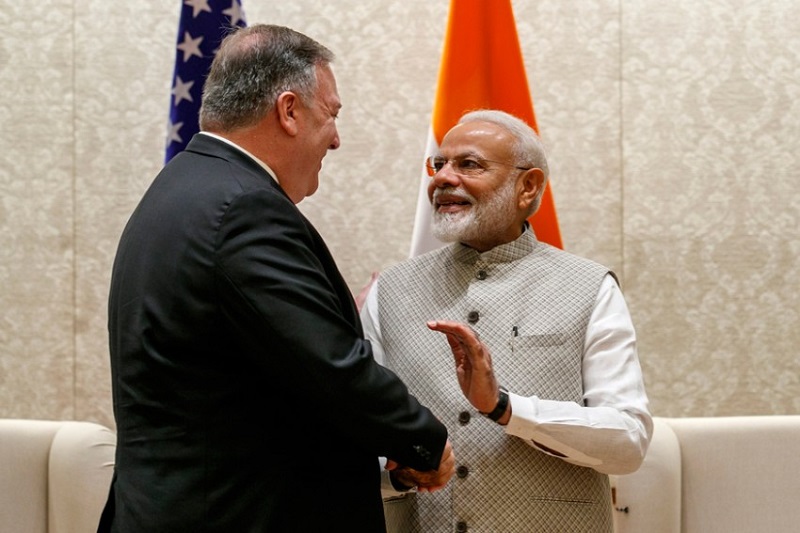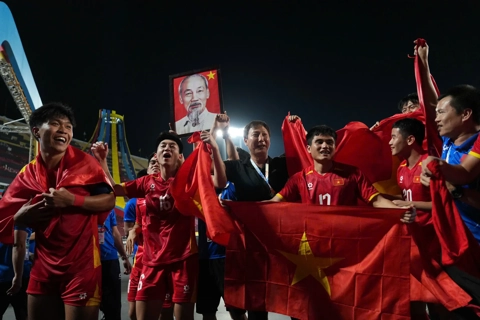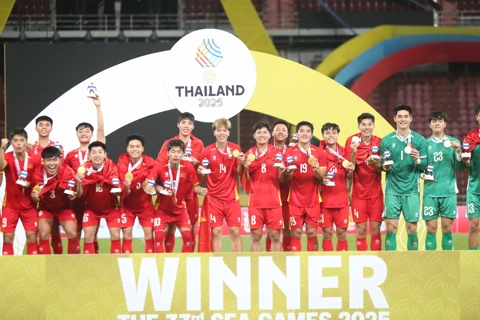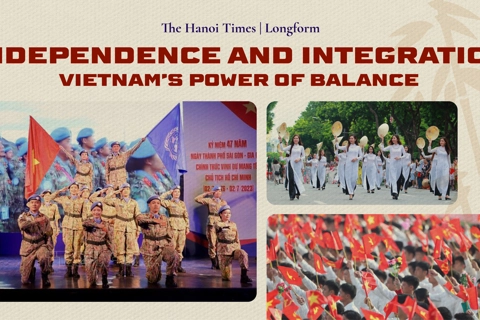US advances Indo-Pacific agenda with Pompeo’s engagement
The vision of freedom of navigation in Pacific waters was promoted to challenge China's assertiveness in the South China Sea.
US Secretary of State Mike Pompeo will have a series of meetings with foreign ministers from across the Indo-Pacific region on September 9-11 as part of efforts to boost ties with its partners in the zone that China is showing expansionism.
| US Secretary of State Mike Pompeo (2nd right) with ASEAN Foreign Ministers. Photo: Thestraitstimes |
According to the State Department’s Spokesperson Morgan Ortagus, on September 9, Secretary Pompeo will participate in the virtual East Asia Summit (EAS) Foreign Ministers’ meeting.
The Secretary will address US priorities in the Indo-Pacific and share details on Washington’s efforts to “support a free and open region based on principles of sovereignty and pluralism” at the region’s premier leaders-led forum on political and security issues.
On the same day, Pompeo will join his ASEAN counterparts for the US-ASEAN Ministerial meeting in which the Secretary will “highlight progress on the US-ASEAN Strategic Partnership and support for ASEAN and the ASEAN Outlook on the Indo-Pacific.”
On September 11, Pompeo will co-chair the inaugural Mekong-US Partnership Ministerial Meeting and launch the Mekong-US Partnership with the Foreign Ministers of Cambodia, Laos, Myanmar, Thailand, and Vietnam, and the ASEAN Secretary-General.
“The partnership will expand on cooperation begun in 2009 under the Lower Mekong Initiative by strengthening the autonomy, economic independence, and sustainable development of the Mekong partner countries.”
On the same day, the secretary will participate in the 27th ASEAN Regional Forum Foreign Ministers’ Meeting, the region’s oldest and largest political-security forum.
At the event, he will “reiterate the importance of ensuring peace and security on the Korean Peninsula and highlight US efforts and investments to advance the women, peace, and security agenda in the Indo-Pacific region.”
| US Secretary of State Mike Pompeo and India's Prime Minister Narendra Modi. Photo: AP |
Role of Indo-Pacific
Washington’s free and open Indo-Pacific strategy was initiated by then-Secretary of State Rex Tillerson in late 2017. The vision of freedom of navigation in Pacific waters was promoted to challenge Chinese assertion of sovereignty in the South China Sea.
An alternative development model in the Southeast Asian region with resources to feed it was seen as necessary to roll back the Chinese Belt and Road Initiative (BRI), according to Asia Times.
In December 2018, President Donald Trump signed into law the Asia Reassurance Initiative Act (ARIA) authorizing the allocation of US$1.5 billion for developing “a long-term strategic vision and a comprehensive, multifaceted, and principled US policy for the Indo-Pacific region, and for other purposes”, indicating a shifting of US focus to the Indo-Pacific region.
The geopolitical significance of the Indo-Pacific region has grown as a result of the major powers’ extensive reliance on sea routes for the transportation of energy resources and commercial goods.
Among areas, the South China Sea has not only emerged as one of the world’s busiest commercial waterways but has become one of the most controversial geopolitical hotspots, pitting Chinese territorial claims against the Quadrilateral Security Dialogue’s emphasis on a rules-based order.
The Quadrilateral Security Dialogue (Quad) is an informal strategic forum between the US, Japan, Australia and India that operated both as a meeting format for senior officials to discuss regional security issues and as the basis for a single naval exercise and a single tabletop exercise.













